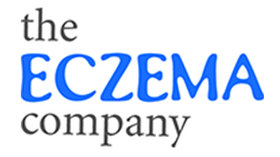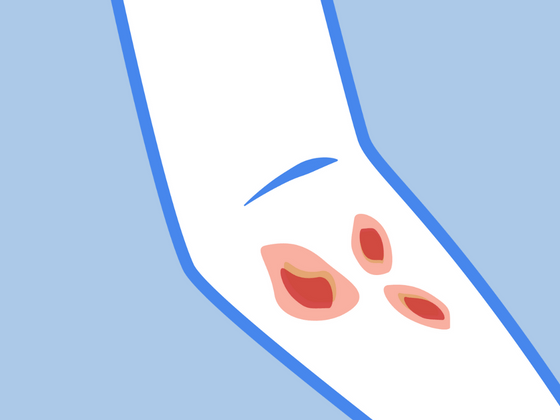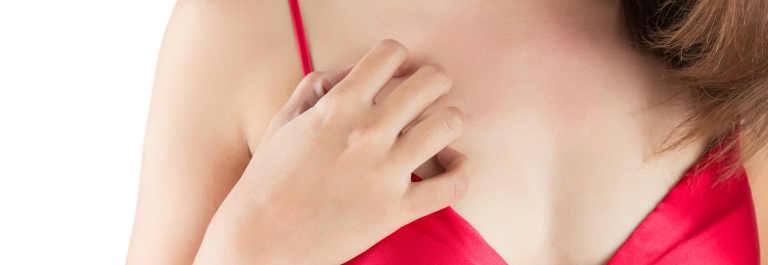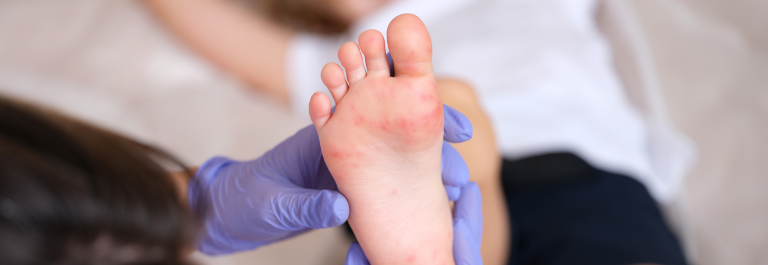Paget's disease and eczema are two conditions that affect the skin of the breast. Although often misdiagnosed as each other, Paget's disease and breast eczema are very different conditions. Eczema is a common skin condition affecting more than 31 million people in the United States. In contrast, Paget's disease is a rare form of cancer, accounting for only 0.5 to 5% of breast cancer cases.
In this blog, we will cover everything you need to know about:
-
What causes Paget's disease
-
How the symptoms of Paget's disease differ from the symptoms of eczema
-
How Paget's disease is treated
Read on to learn more about the difference between Paget's disease and eczema and the importance of early diagnosis.
What is Paget's Disease?
Paget's disease is a rare type of breast cancer, sometimes also known as mammary Paget's disease, Paget disease, or Paget's disease of the breast. It typically presents itself with eczema-like changes to the skin of the nipple and areola, which is why doctors sometimes initially misdiagnose Paget's disease as eczema.
What Causes Paget's Disease?
Although research continues to provide us with more clues, what causes cancer in general is still a mystery to scientists. Doctors believe there are two main theories of how Paget's disease develops.
The first theory is that a type of cancer cell, known as Paget's cells, breaks off from a larger tumor somewhere deeper inside the breast and travels through the milk ducts where it meets the nipple, and symptoms begin to occur. In 80% to 90% of cases, Paget's disease occurs alongside other cancers; most commonly, Paget's disease occurs due to an underlying ductal carcinoma, an invasive breast cancer.
The second theory is that Paget's disease develops in a separate, spontaneous process that starts in the outer layer of skin on the nipple and is unrelated to other cancers.
Other Risk Factors
Paget's disease typically affects women of a mean age of 55 years old and rarely ever affects men.
Other contributing factors that pose an increased risk of breast cancer like Paget's disease include:
-
mutations to BRCA1, BRCA2, and other genes associated with breast cancer
-
exposure to a high dose of radiation
-
personal or family history of breast cancer
-
history of noncancerous (benign) conditions
-
overweight and obesity
Symptoms of Paget's Disease
-
half of people with Paget disease have a lump behind the nipple
-
itching, tingling, or burning sensation
-
redness or discoloration/ darker skin surrounding the nipple
-
flaking, crusty, or thickened skin
-
nipple flattening
-
yellowish or bloody nipple discharge
-
an inverted or flattened nipple
-
red, scaly rash on the nipple and areola
-
small bumps on the nipple and areola
-
sore, inflamed, dry skin
-
ulcerated nipple
-
general pain
Is it Paget's Disease or Eczema?
Eczema or atopic dermatitis may cause similar skin changes to those listed above, but it is not cancerous and does not cause a lump under the skin. It is also important to note that Paget's disease only affects the skin of the nipple, not the breast.
Although nipple eczema sometimes occurs, it is best that anyone who notices changes in the skin surrounding the nipple contacts their doctor as soon as possible rather than assume it is eczema.
Additionally, Paget's disease usually affects only one breast, whereas eczema can affect both breasts and other parts of the body.
If you are suffering from dry, rough skin, discoloration, itchiness, and inflammation of your breasts, you could have breast eczema and may benefit from our 100% Organic Cotton Bra Liner. This hypoallergenic bra liner is crafted to bring you comfort and peace of mind when dealing with eczema in intimate areas.
Diagnosis
As Paget's disease is rare and can look like other skin conditions, it's not always diagnosed straight away. Once you have been referred to a specialist, diagnosing Paget's disease of the breast often involves a physical exam and several imaging tests before a final breast biopsy to confirm the diagnosis.
Treatment
Surgery is the primary treatment for Paget's disease. You may have a breast-conserving surgery where the breast cancer is removed along with a border of healthy surrounding breast tissue. Or, if there is a more invasive cancer, you may have a mastectomy, where as much breast tissue as possible is removed, including the nipple and areola. Once analyzed, if any cancer cells are seen near the border of normal tissue, you may require further testing and other treatments.
Prognosis
If you have Paget's disease that has not spread beyond the milk ducts, the prognosis is excellent, and when caught in these early stages, most people make a full recovery. Once breast cancer begins to spread, however, it does become increasingly more difficult to treat, and survival outcomes are lower.
Important to Note...
-
Due to the similarity in symptoms between Paget's disease and other skin conditions, it is important to not self-diagnose rashes that appear on the breast and seek medical advice as soon as possible!
-
Talk to your doctor about screening for different breast cancers and decide what screening strategies are right for you.
-
Stay breast-aware! Regularly self-examine your breasts and report any changes promptly to your doctor.
Pay Attention to the Changes in Your Skin Today
We know that telling the difference between skin conditions can be challenging. Follow these tips to help you identify the difference in symptoms between Paget's disease and eczema, and keep on top of your skin health today!








